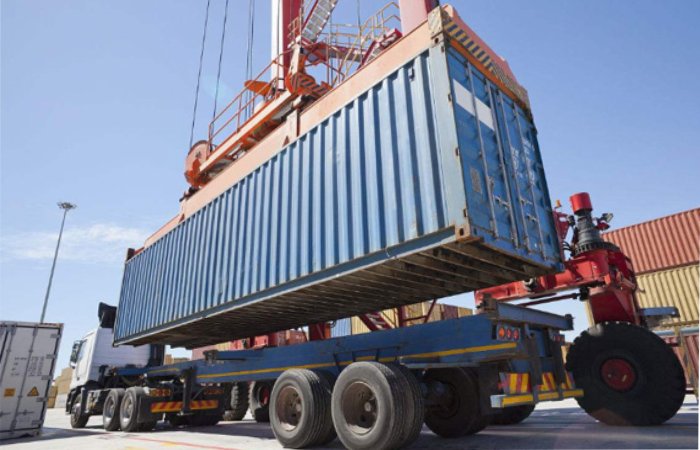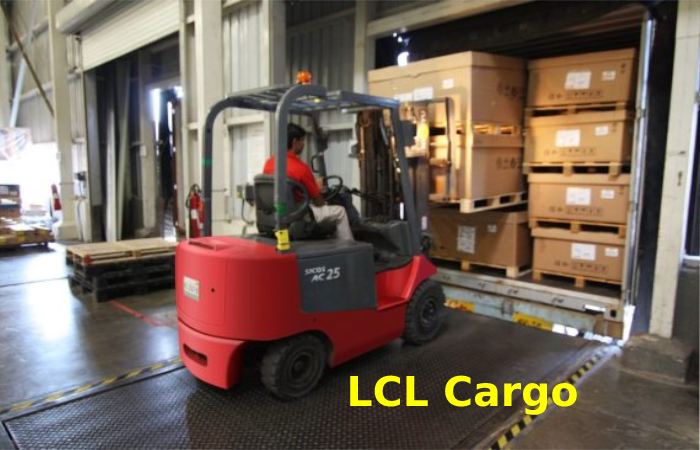Introduction
Today, container transport is a crucial point when it comes to moving goods around the world. Due to globalization, raw materials, industrial products, textiles or electronics move from one end of the world to another.
Transporting goods by sea allows large volumes to be exported at a competitive price, thanks to specialized fleets, such as container ships, if you want to know how this transport service works.
Container transport denotes to the transportation of goods in standard containers by rail and sea. The two most common international standard container types are twenty and forty feet.
The flexibility of container transport plays an important role in reducing transportation costs. In essence, it is the most economical form of cargo transport, specially when transporting bulk and consumer goods.
When is Container Shipping Used?
Container transport is used, mainly for export, specifically on long-distance routes where land or rail transport is not feasible due to costs or geographical reasons.
In 2020, more than 300 million tons of merchandise will be moved to Spanish ports. These goods are then carry throughout the territory using national transport.
What can we Transport in a Container?

We can say that container transport services allow the transport of practically all types of goods. For this, many types of containers are adapt to the nature of the merchandise.
These are some examples of goods that are transported in containers:
- Dry or refrigerated foods
- Raw materials (rice, sugar, cereals, meat or fish)
- Materials for industry (minerals, steel, iron)
- Vehicles
- textile items
- Electronic products
Types of Cargo and Transport Routes
When we are going to transport merchandise in a container, we must take into account several factors.
The merchandise leaves its destination (factory, field or similar) and must be transport to the container ship’s port.
The type of load and its quantity also influence when choosing the service modality. We will not get the same price if we fill a container or if we have to share it. Nor if our merchandise has no choice but to travel in an exclusive container due to its nature.
Types of Loads
We can choose to ship a full or partial load when we transport goods in containers. The option we use will be condition by the amount of merchandise we will cheer.
LCL Cargo

The acronym corresponds to the English term less than container load – less than a full container. This service is use when the merchandise to be transport does not fill a full maritime container. Instead, it is share with other commodities. It is cheaper than leaving a half-filled container but also involves greater risk because the merchandise is handle more times.
Carga FLC
The acronym corresponds to the English term full container load. This mode of loading is use when our merchandise occupies an entire container. It is safer than the LCL modality because the merchandise does not need to be handle during the transfer from one point to another.
Container Transport Routes
The containers are prepare to be transported by different routes, depending on the needs derive from the type of merchandise, the proximity or not to ports, as well as the need for speed in the movement of the merchandise.
Generally, the transfer of containers is intermodal; that is, it combines at least two of the following modalities.
Air Transport
Fast, but it is also the most expensive modality. This modality is use when the merchandise cannot wait or its nature requires the slightest manipulation, such as pharmaceutical products. Sea containers can be transport, unprofitable due to their enormous weight, or intermodal containers can be use.
River Transport
Navigation with container ships is possible in deep-draft rivers, such as the Guadalquivir in Spain. Therefore, it is a very profitable option in countries whose rivers allow the navigation of this type of vessel inland.
Maritime Transport
Container shipping is the slowest but most economical modality. It is the most widely use means of transporting heavy and bulky goods and exporting large quantities of product.
To get an idea of the cargo capacity, a container transport ship can load up to 18,000 containers.
Container Transport By Road
Container road transport is use to transport goods over short and medium distances, generally for cargo that goes to the port and will later be load onto container ships. To carry out this service, it is necessary to contact a company with a specialized fleet to transport containers.
Conclusion
The merchandise must always be press about the container walls; that is, there must be no empty spaces allowing the load’s movement. Therefore, it is necessary to use objects that guarantee pressure and cushioning, such as airbags.
Related posts
Featured Posts
StopWatt Reviews – The Most Effective Method to Save Energy
Are you ready to step into a brighter future of energy efficiency? Say hello to Stop Watt, the revolutionary energy…
Tips to Survive Crypto Bear Market
Introduction crypto bear market: Crypto investors and traders have started on the right foot. Even going out of their way…


